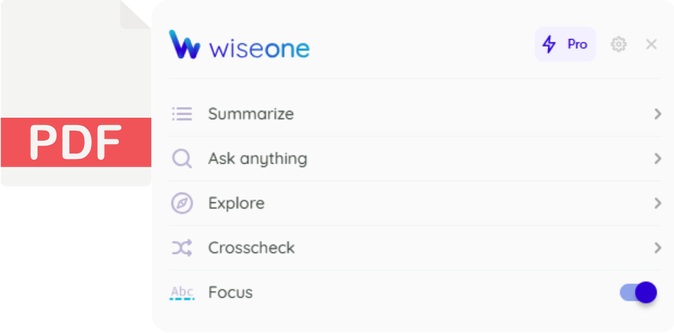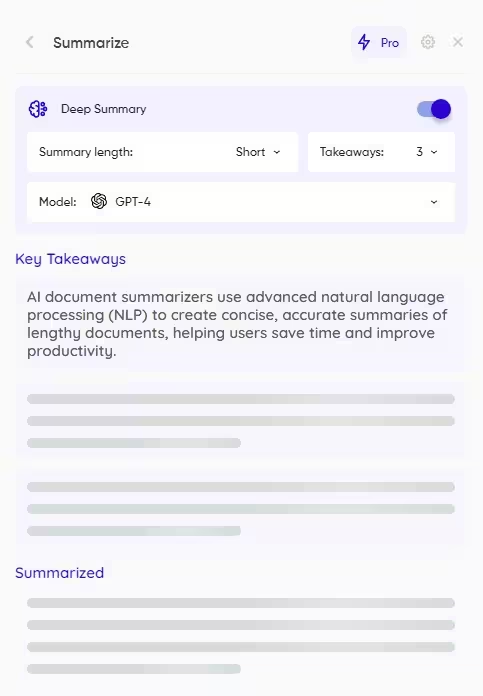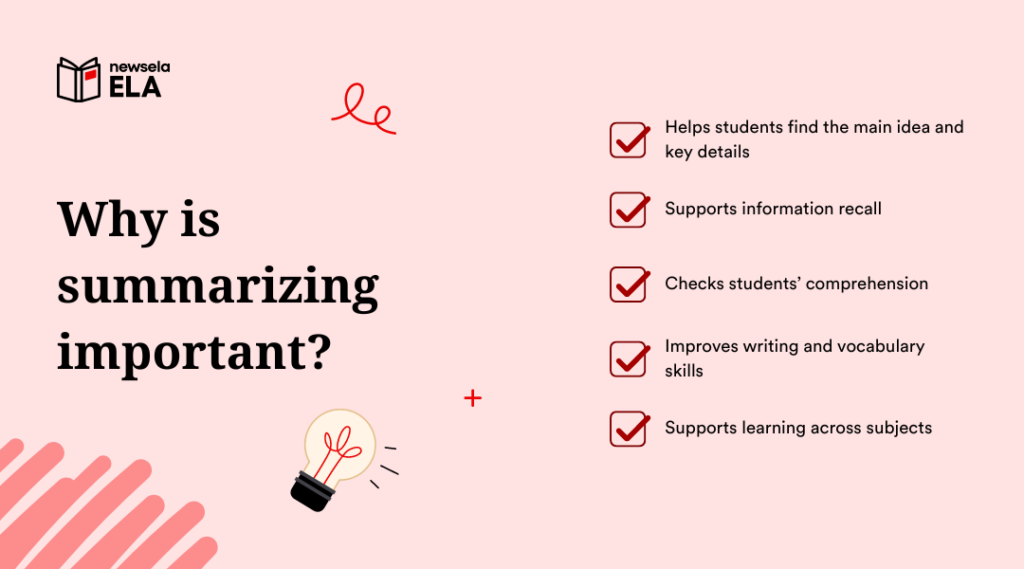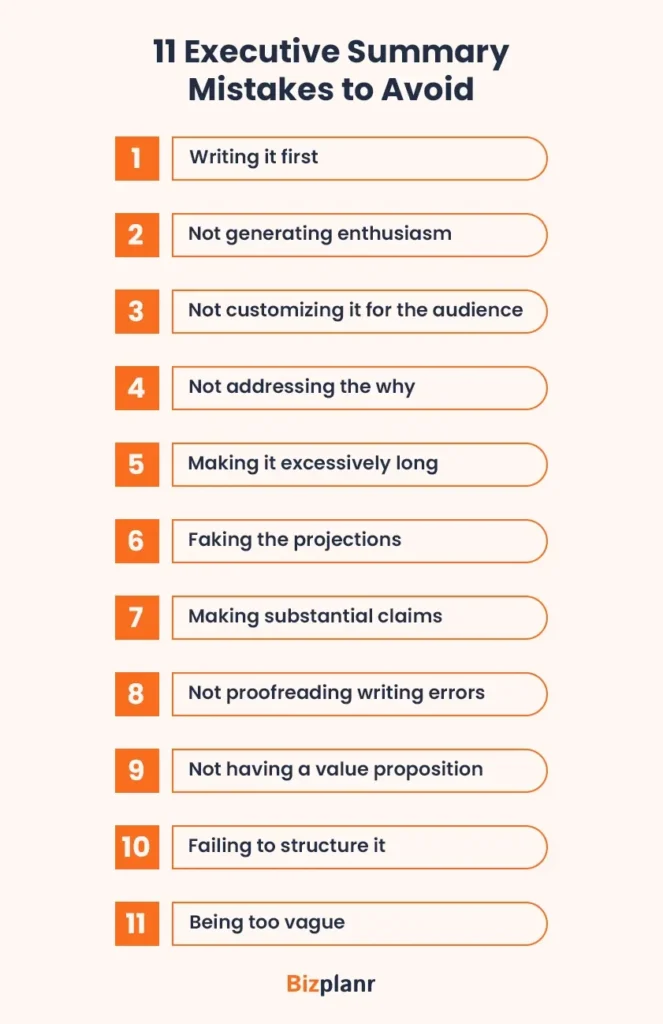You’ll quickly learn how to extract the essentials from any online article. You’ll save time and capture the best insights. The article offers 4 key techniques. Each one is explained very simply. Concrete tips are provided for each technique. Of course, you can also use artificial intelligence for text summarization applications. But in the article, we will look at best practices. Choose what works for you. Navigate through the list using the summary. Filter only the information that matters.
Key steps to effectively summarize an article
To effectively summarize an article, you must first carefully read the entire piece, actively identifying the main ideas and key points. As you read, highlight or jot down the essential information, such as the thesis statement, major arguments, and significant supporting details. Once you have finished reading, organize the main points you have gathered into a logical order that reflects the structure of the original article. This process of close reading, note-taking, and outlining will provide a solid foundation for crafting a clear, concise, and accurate summary that captures the core message of the text.
- First reading: grasp the big picture: read the entire article once to get a general understanding of the topic and the author’s main argument. don’t get bogged down in the details yet.
- Second reading: identify key points: reread the article, this time focusing on identifying the thesis statement, main arguments, supporting evidence, and any important counterarguments. highlight or take notes on these key elements.
- Outline the structure: create a brief outline of the article’s main points in a logical order. this will serve as your roadmap for writing the summary.
- Paraphrase and synthesize: using your outline, write the summary in your own words. avoid simply copying phrases from the original article. focus on conveying the core message concisely and accurately.
- Review and refine: once you’ve written the summary, review it carefully to ensure it is clear, concise, and accurately reflects the original article. check for any errors in grammar or punctuation. consider your target audience and adjust the level of detail accordingly. If you need support in this process, you can use an AI to summarize article efficiently and accurately.
Carefully read the article and identify the main ideas

Also, you can use an AI tool to summarize PDFs and online articles.
Here is the content for the section on carefully reading the article and identifying the main ideas:
- Read the article from beginning to end to grasp the overall topic and context.
- Skim the article again, focusing on the introduction, headings, first sentences of paragraphs, and conclusion.
- Identify the central theme, main points, and key supporting details.
- Distinguish essential information from minor details and examples.
By reading the article attentively and strategically, you can effectively recognize the main ideas and key points. This lays the foundation for creating an accurate and well-organized summary that captures the core message of the original text.
Highlight or take notes on key points and supporting details
As you read through the article, jot down the main points and any supporting details that reinforce the central ideas. This will help you zero in on the most critical information. Be sure to note any statistics, examples, or explanations that back up the key arguments. Highlighting or underlining these essential elements will make it easier to refer back to them when crafting your summary.
Organize the main points in a logical order
After identifying the key points, it’s crucial to arrange them in a coherent sequence. This logical flow ensures your summary is easy to follow and understand. Here are three tips for organizing your main points:
- Group related ideas together to create a clear structure
- Order points based on their importance or chronology
- Use transitions to smoothly connect one point to the next
By presenting the main points in a well-organized manner, you’ll create a concise and effective summary that accurately captures the essence of the original article. Logical organization is key to conveying the central message clearly and succinctly.
How AI enhances summarizing with tools like Wiseone.io

In addition to mastering the art of summarizing manually, advancements in artificial intelligence have revolutionized the way we approach this skill. AI-powered tools like Wiseone.io provide an efficient and effective solution for creating concise summaries of complex articles. These tools are designed to help users save time and energy by automating the summarization process without compromising the quality or essence of the content.
Wiseone.io, for instance, leverages cutting-edge AI algorithms to analyze text, extract key points, and deliver clear and accurate summaries. This ensures that users can quickly grasp the main ideas of an article without having to sift through lengthy paragraphs. Whether you’re a student juggling multiple assignments or a professional navigating dense industry reports, such tools allow you to focus on what truly matters: understanding and applying the information.
Why AI Summarization tools are a game-changer
- Speed and efficiency: aI tools can summarize lengthy texts in seconds, significantly reducing the time needed for manual summarization.
- Accuracy and relevance: advanced algorithms pinpoint the most important points, ensuring summaries remain faithful to the original content.
- Accessibility: many tools, like Wiseone.io, integrate seamlessly into browsers or apps, making it easy to summarize articles directly as you read them.
- Enhanced productivity: by eliminating the tedious aspects of summarization, AI tools allow you to focus on analysis, decision-making, and other high-value tasks.
Balancing AI and manual skills
While tools like Wiseone.io provide incredible support, combining their efficiency with your manual summarization skills ensures the best outcomes. Use AI tools as a starting point to generate quick drafts, and refine these summaries with your unique perspective or specific needs. This hybrid approach not only enhances the quality of the summary but also reinforces your comprehension and retention skills.
In a world where information overload is a constant challenge, AI-powered solutions like Wiseone.io are indispensable for anyone aiming to process and retain knowledge quickly. By integrating such tools into your workflow, you gain a competitive edge in managing complex information, whether for academic, professional, or personal purposes.
Why summarizing articles is an essential skill ?
Summarizing articles is a vital skill with wide-ranging benefits for both academic and professional pursuits. It enables you to efficiently identify and understand the core ideas and key points of a text, saving you valuable time and effort. By summarizing, you actively engage with the content, improving your reading comprehension while enhancing information retention. This skill proves invaluable whether you’re drafting a research paper, preparing for a presentation, or processing a significant volume of information quickly. In today’s fast-paced world, the ability to distill complex material into its essence is not just helpful,it’s indispensable.

Improves cognitive skills
The process of summarizing significantly enhances learning and cognitive abilities. It:
- Improves memory and comprehension by requiring deep engagement with the text
- Boosts retention by 20-25%
- Teaches students how to extract important ideas
- Enhances concentration and reading comprehension
Professional and academic advantages
In both academic and professional settings, summarization is crucial because it:
- Saves time in information gathering
- Supports efficient decision-making
- Helps in preparing research papers, literature reviews, and annotated bibliographies
- Demonstrates a deep understanding of complex content
Key benefits of summarization
The primary advantages of summarizing texts include:
- Simplifying complex information
- Providing an opportunity for a second review of the text
- Saving study time
- Clarifying ideas
- Enabling quick comprehension
The importance of summarizing in academic and professional settings
Summarizing plays a crucial role in academic success, enabling students to distill key information from lengthy texts and demonstrate their comprehension. In the professional world, the ability to provide concise summaries is equally vital, as it allows employees to efficiently communicate complex ideas and stay on top of industry trends. Mastering the art of summarizing can give you a competitive edge in both school and work.
In the professional world, the ability to provide concise summaries is equally vital. It enables you to communicate complex ideas effectively, stay on top of industry trends, and make informed decisions. Mastering the art of summarizing will give you a competitive edge in both school and work.
How summarizing improves reading comprehension and retention
Summarizing articles boosts reading comprehension by forcing you to identify and focus on the key ideas. This active engagement with the text leads to better understanding and recall of the material. Putting the main points in your own words helps to internalize the information and commit it to long-term memory. Regular summarizing practice sharpens your ability to quickly grasp and distill the essence of what you read, a valuable skill for academic success and lifelong learning. Mastering the art of summarizing gives you a powerful tool for retaining knowledge.
Tips for writing a concise and accurate summary
To craft a tight, on-point summary, zero in on the crucial info and cut out the fluff. Put the main ideas into your own words, but keep things accurate and true to the original. Take a step back and make sure your recap is unbiased and hits all the key points. Trim it down until you’ve got a lean, mean summary machine.
Focus on the essential information and leave out minor details
To create a concise summary, zero in on the key points and cut out extraneous details. Stick to the crucial facts, findings, and conclusions that encapsulate the article’s core message. Trim away minor examples, anecdotes, or tangents that don’t directly support the central theme. Be ruthless in your quest for brevity while preserving the essential substance.
Use your own words to paraphrase the main ideas
When summarizing an article, it’s crucial to convey the main points in your own words. This demonstrates your understanding of the content and avoids plagiarism. Here are some tips for effectively paraphrasing the key ideas:
- Read the article thoroughly to grasp the central themes
- Identify the main points and supporting details
- Restate the essential information using different words and sentence structures
- Use synonyms or alternate phrases to express similar concepts
- Ensure your paraphrased version accurately reflects the original meaning
- Check that you haven’t inadvertently copied any exact phrases or sentences
By putting the main ideas into your own words, you create a concise and original summary that captures the essence of the article. This skill is invaluable for effectively communicating the key points to your audience.
Ensure your summary is objective and maintains the original meaning
Your summary should be a neutral, unbiased account of the article’s key points. Avoid injecting personal opinions or interpretations that could skew the original meaning. Stick to the facts presented in the article and aim to accurately convey the author’s intended message. This means capturing the main arguments, conclusions, or findings without adding your own spin. By maintaining objectivity, your summary will be a reliable representation of the source material that others can trust. Remember, your goal is to distill the essence of the article, not to critique or evaluate it.
Common mistakes to avoid when summarizing articles

When summarizing articles, there are a few common pitfalls to watch out for. Including too many minor details can make your summary lengthy and unfocused. It’s crucial to zero in on the key points and the overall message the author is trying to convey. Another frequent mistake is copying word-for-word from the original text, which is considered plagiarism. To avoid this, put the ideas into your own words while staying true to the intended meaning. Lastly, be sure to maintain an objective tone and resist the urge to insert your own opinions or interpretations.
Including too much detail or unnecessary information
When summarizing an article, it’s crucial to focus on the essential points and avoid getting bogged down in unnecessary details. Including too much information can make your summary lengthy and confusing, detracting from the main message. Stick to the key facts, ideas, and conclusions that directly support the article’s central theme, and leave out any minor or tangential details that don’t contribute to the overall understanding of the text.
Failing to capture the main points or overall message
When you miss the main points, your summary becomes ineffective and misleading. To avoid this mistake:
- Read the article actively, focusing on the central argument
- Identify the key supporting points that develop the main idea
- Synthesize the essential information into a concise overview
- Double-check that your summary accurately reflects the article’s core message
Plagiarizing by copying phrases or sentences directly
When summarizing an article, it’s crucial to avoid the pitfall of plagiarism. Copying and pasting phrases or entire sentences from the original text is a major no-no. Not only is it unethical, but it also defeats the purpose of creating a summary in your own words. Paraphrasing the main ideas using your own language demonstrates your understanding of the material and helps you internalize the key points. Remember, a well-written summary should capture the essence of the article while maintaining academic integrity.
Practicing and improving your summarizing skills
To sharpen your summarizing abilities, make it a habit to condense articles on a regular basis. After crafting a summary, compare it against the original text to gauge its precision and thoroughness. Don’t hesitate to ask others to review your summaries and provide constructive criticism. Their insights can help you identify areas for improvement and refine your summarizing techniques. Consistent practice and feedback are key to mastering the art of summarization.
Summarize articles regularly to build your abilities
To hone your summarizing skills, make it a habit to condense articles on a regular basis. Consistent practice will help you identify key points more efficiently and express them concisely. Over time, you’ll become a summarizing pro and breeze through any text with ease.
Compare your summaries to the original text for accuracy
After writing your summary, carefully review the original article. Check that your summary accurately captures the key points and overall meaning. Ensure you haven’t misinterpreted any information or left out crucial details. If needed, revise your summary to better reflect the article’s content. Comparing your summary to the source text helps you hone your summarizing skills over time.
Seek feedback from others to refine your technique
Sharing your article summaries with peers, mentors, or instructors can provide valuable insights to sharpen your skills. They may spot areas you overlooked or offer suggestions to make your summary more concise and effective. Constructive criticism, such as pointing out missed key points or unnecessary details, can help you fine-tune your approach. Regularly seeking feedback and incorporating it into your summarizing process can lead to consistent improvement over time.
To learn more, I recommend this article about AI summarizers
Best AI to summarize papers
8 Benefits of using a summarizer


